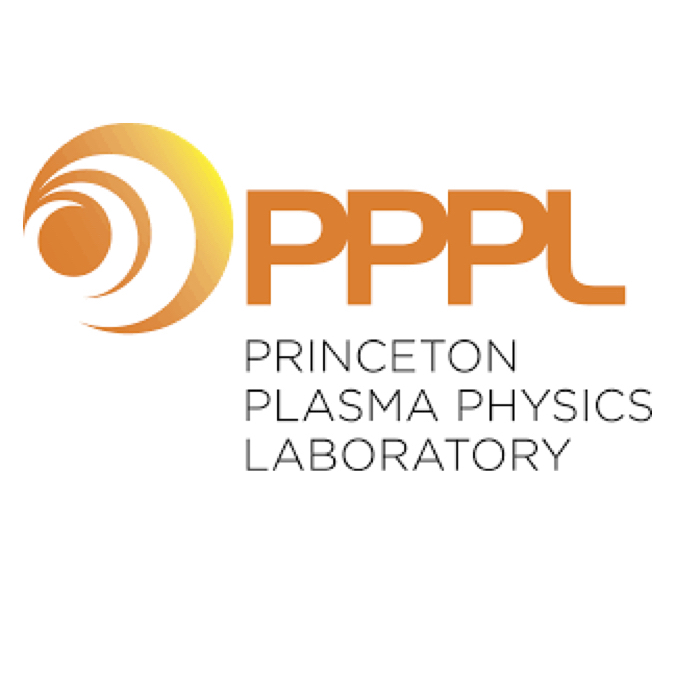Model-based Linear-Quadratic-Integral Controller for Simultaneous Regulation of the Current Profile and Normalized Beta in NSTX-U
H. Al Khawaldeh, B. Leard, S. T. Paruchuri, T. Rafiq, E. Schuster
11th ITER International School on “ITER Plasma Scenarios and Control”
San Diego, California, USA, July 25-29, 2022
Achieving advanced scenarios that are characterized by steady-state operation,
stable plasma confinement, and high-performance plasmas is one of the
primary objectives of National Spherical Tokamak eXperiment - Upgrade (NSTX-U).
Attaining these objectives require active control of important plasma
scalars and profiles. In particular, control algorithms that can optimize
the tokamak performance to achieve the desired plasma profiles in any
given scenario may be necessary. In this work, a model-based optimal
control algorithm is developed for feedback control of the current profile
in NSTX-U. A linear finite-dimensional control-oriented model is derived
by discretizing and linearizing the magnetic diffusion equation in combination
with empirical correlations used for electron density, electron temperature,
and noninductive current drives. The linear time-variant model is then
used for designing a linear-quadratic-integral (LQI) controller that is
capable of regulating both the safety factor and the normalized beta around
desired targets. The controller determines neutral beam injection (NBI)
powers and the overall plasma current to achieve the desired current profile
and normalized beta. The proposed controller is tested in higher-fidelity
nonlinear simulations that employ 1D models for both current and temperature
profiles using the Control Oriented Transport SIMulator (COTSIM). The
closed-loop simulations show the effectiveness of the controller at shaping
the safety factor in NSTX-U while achieving the desired normalized beta.
*Supported by the US DOE under DE-SC0021385.







